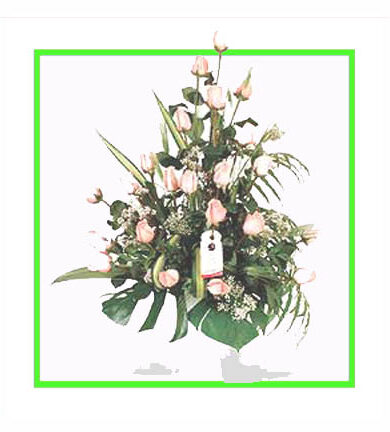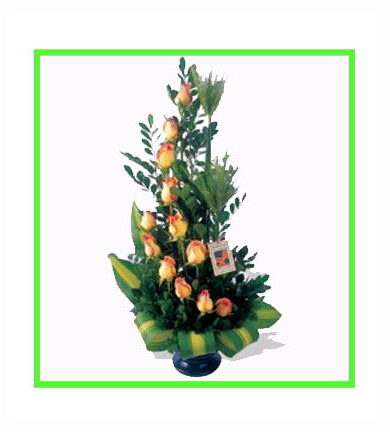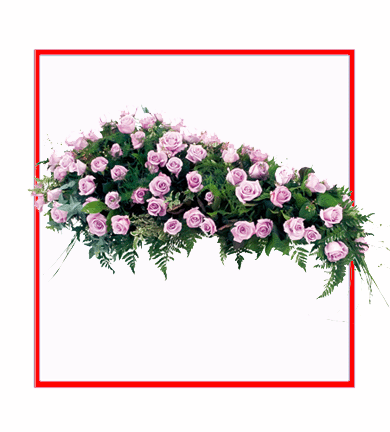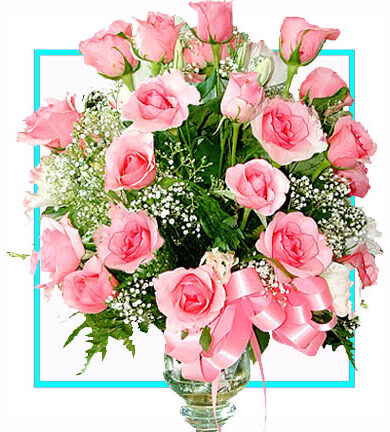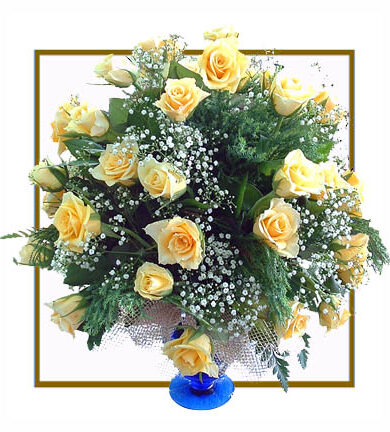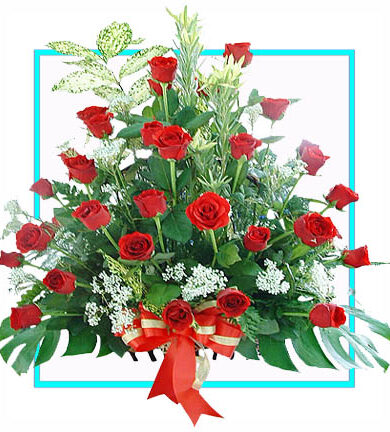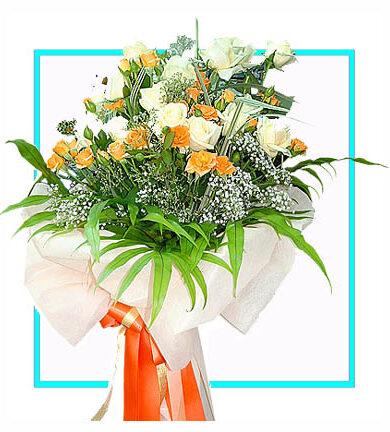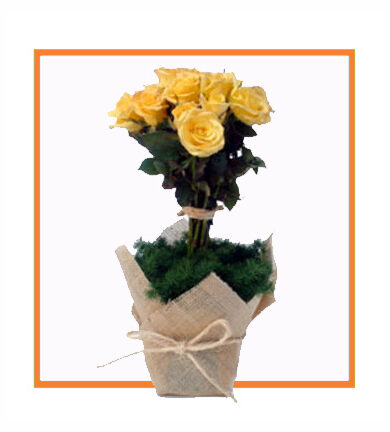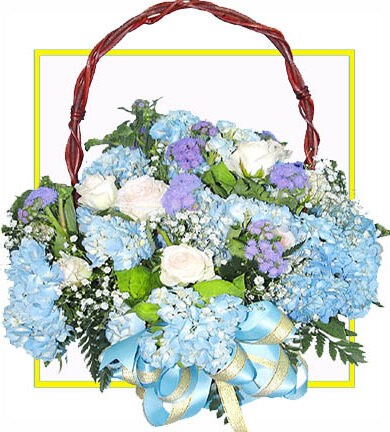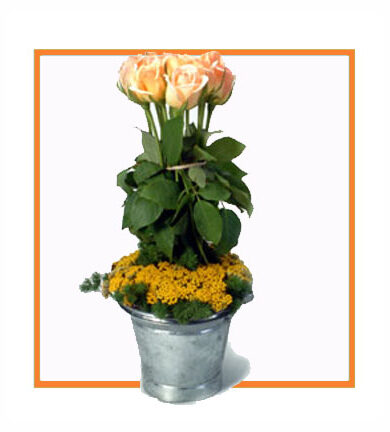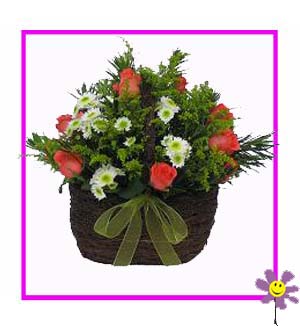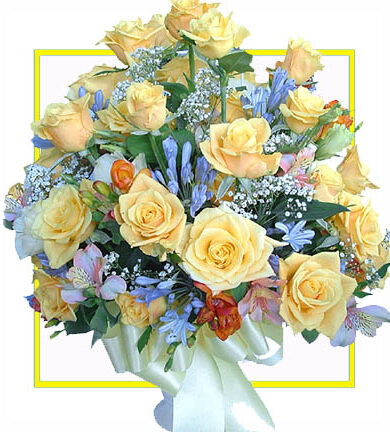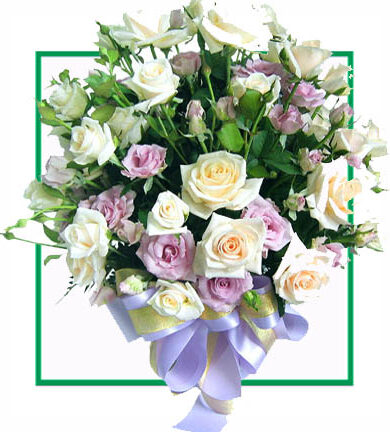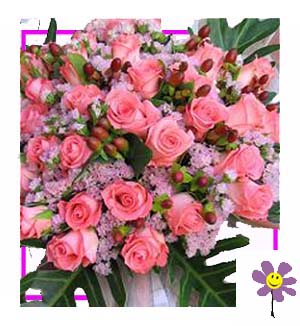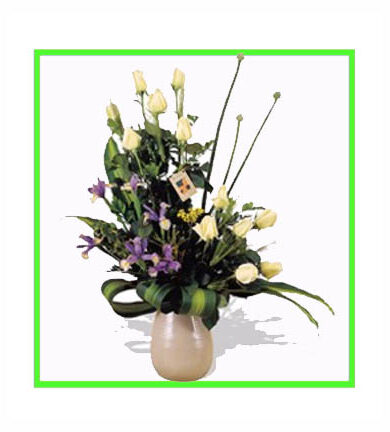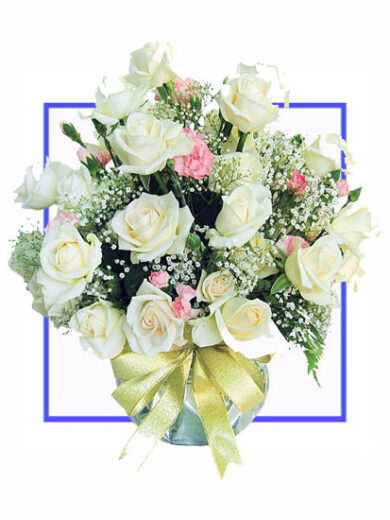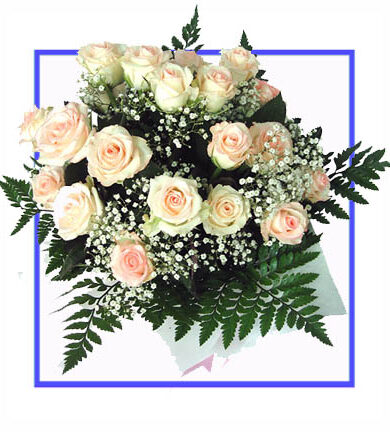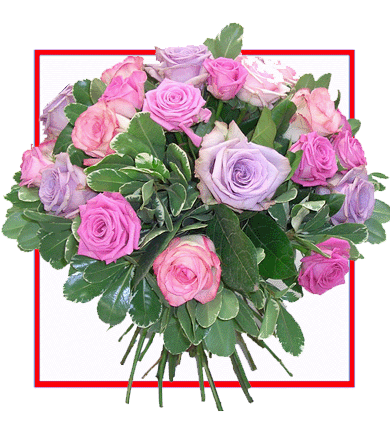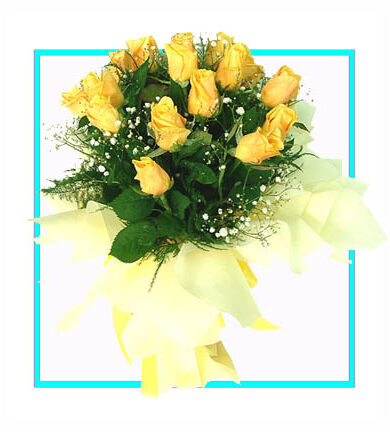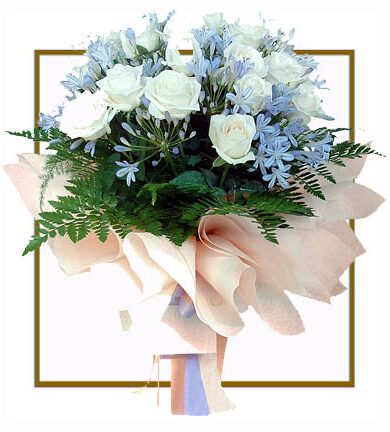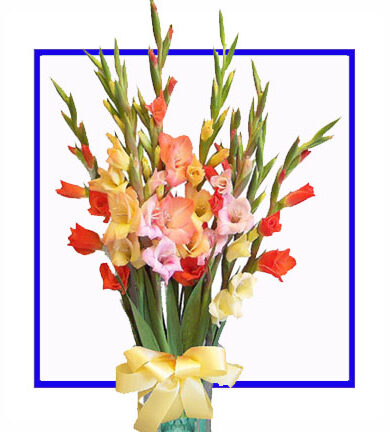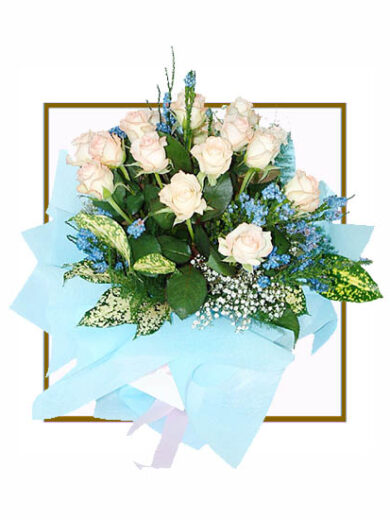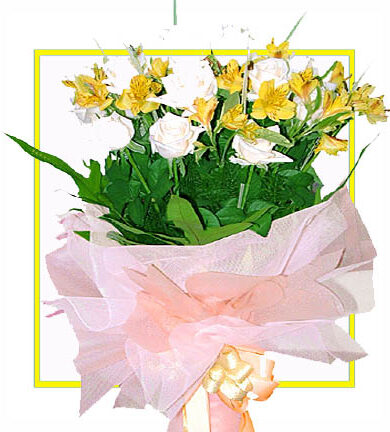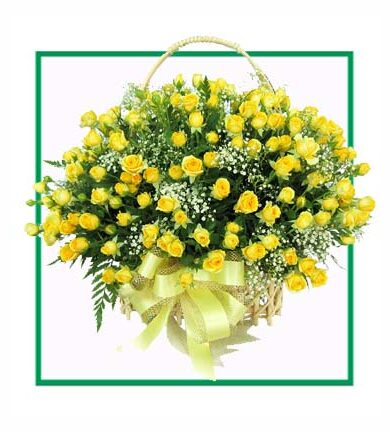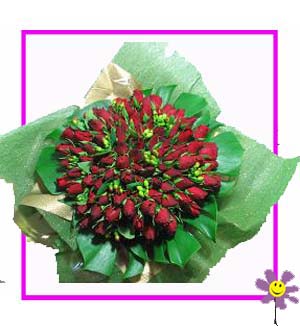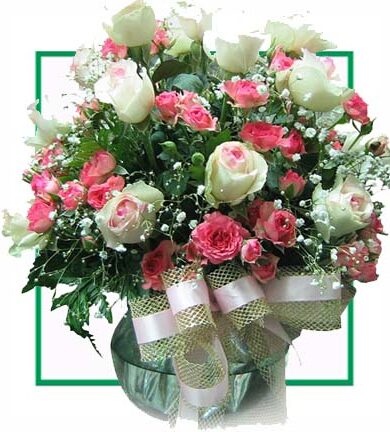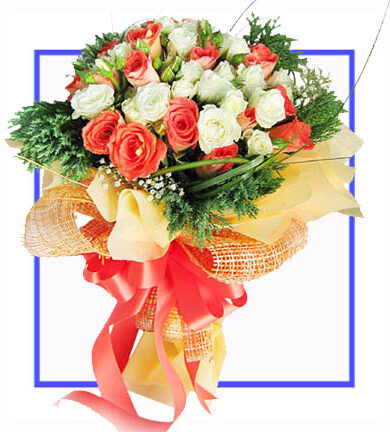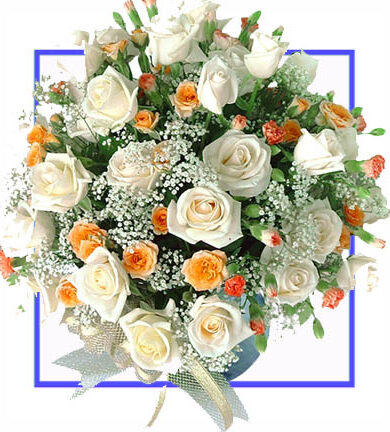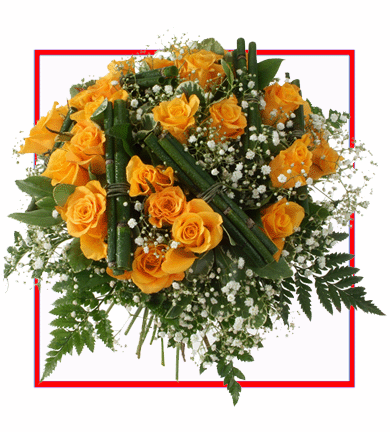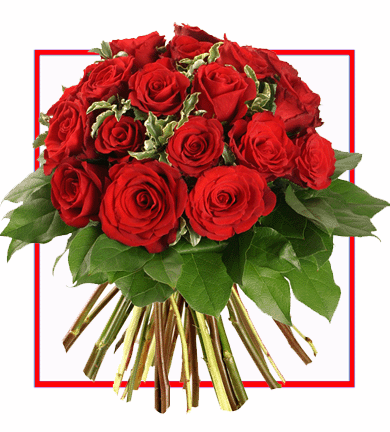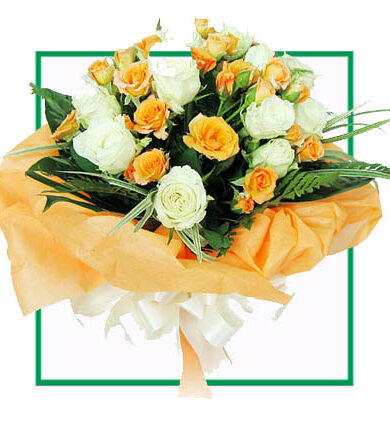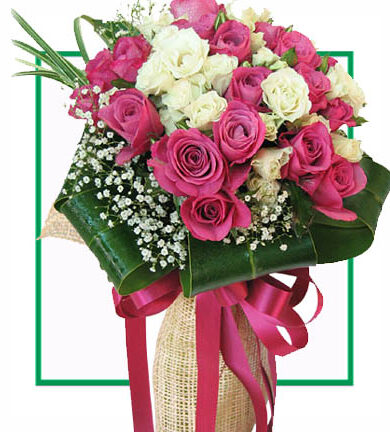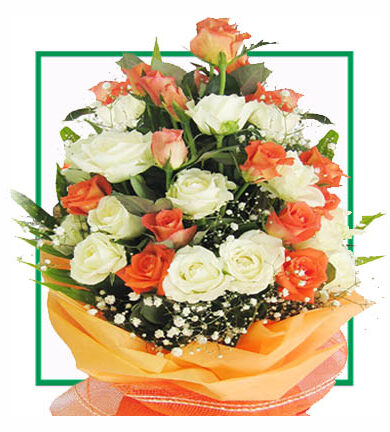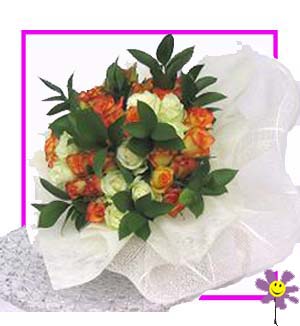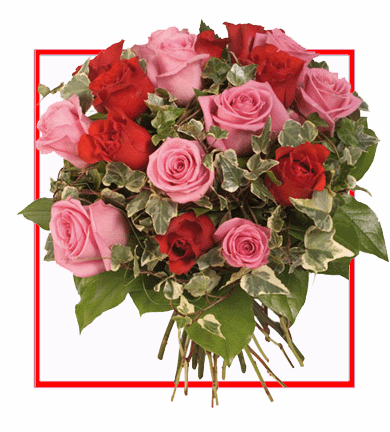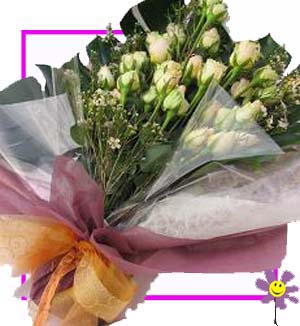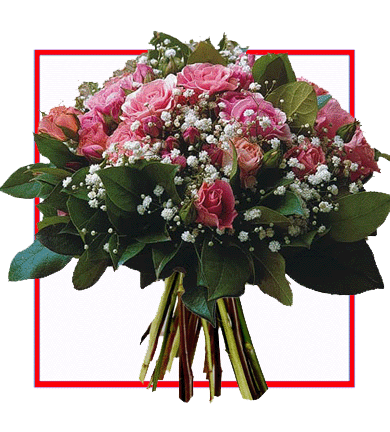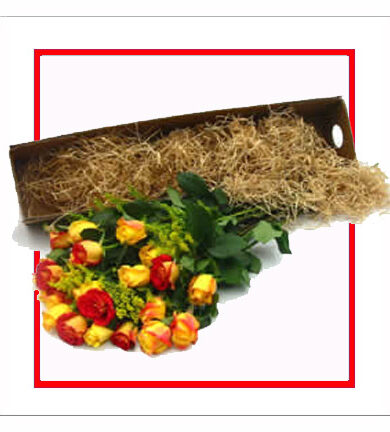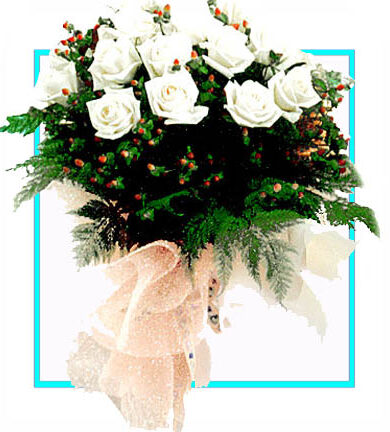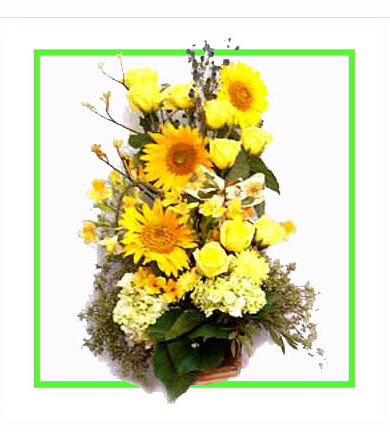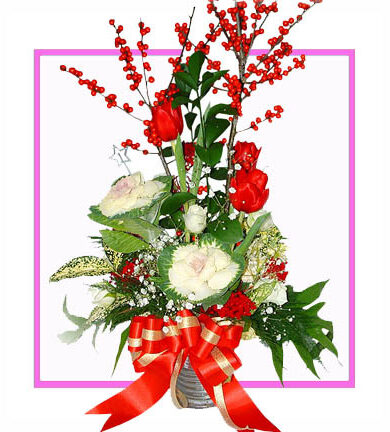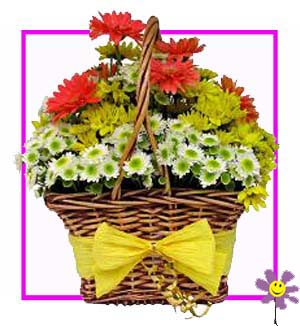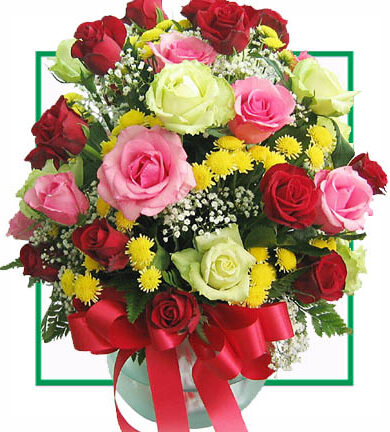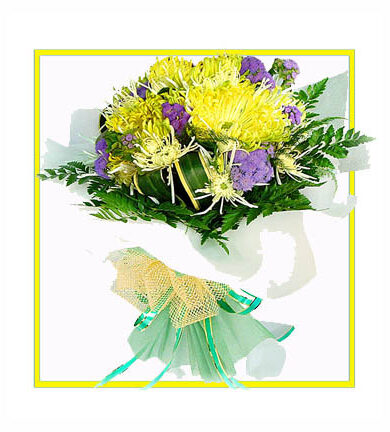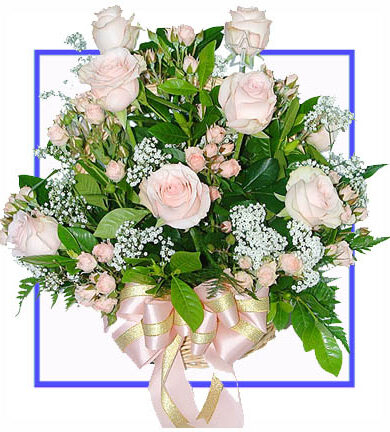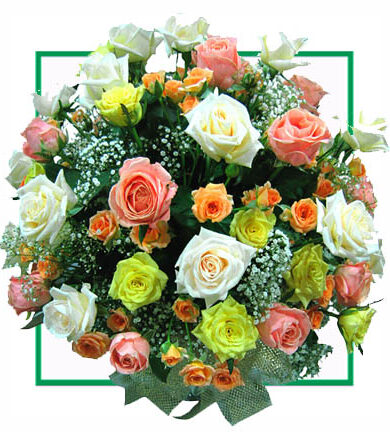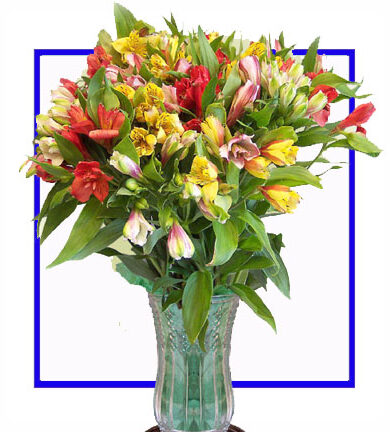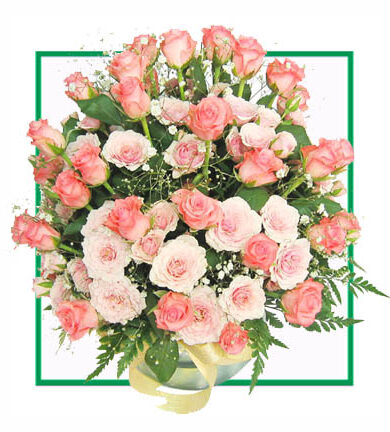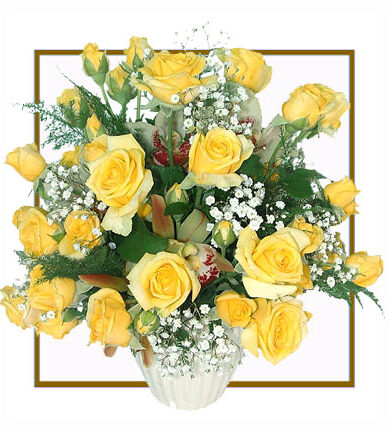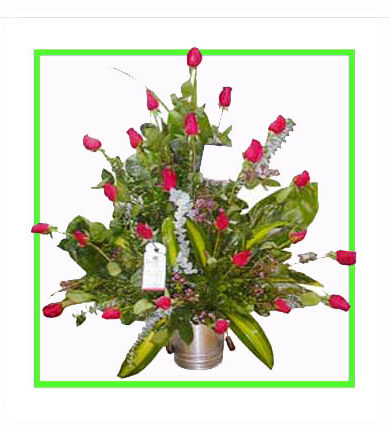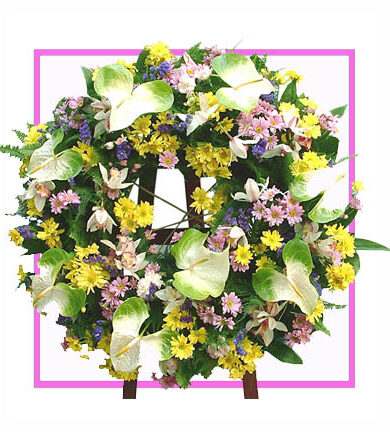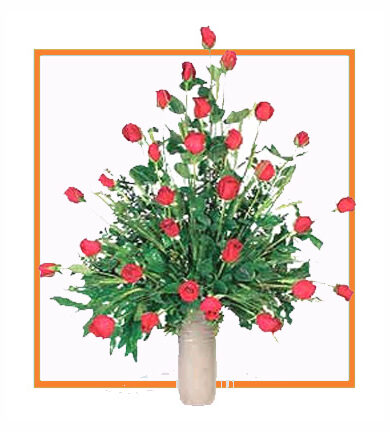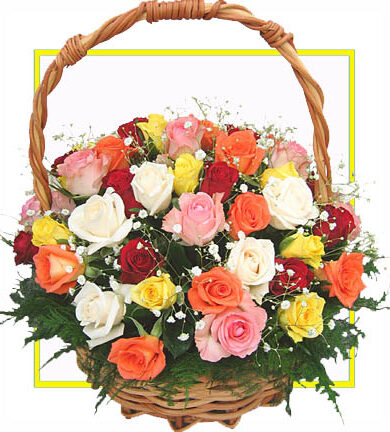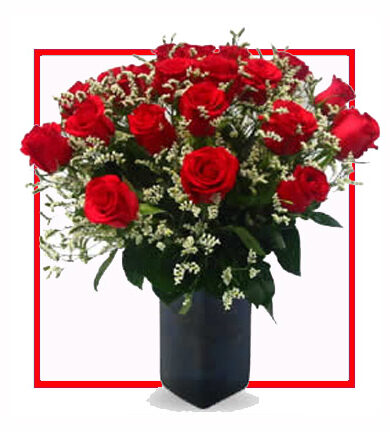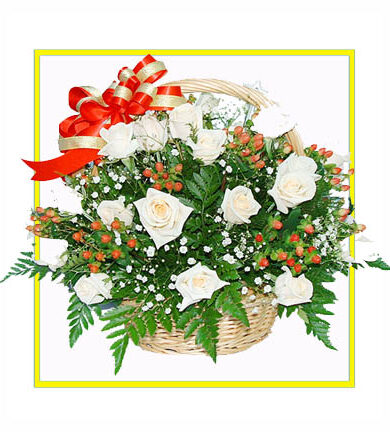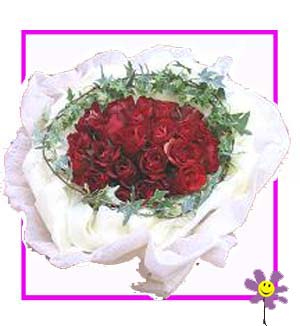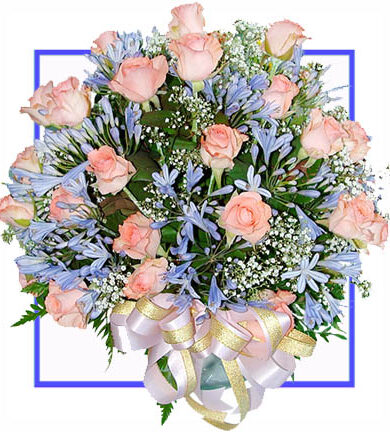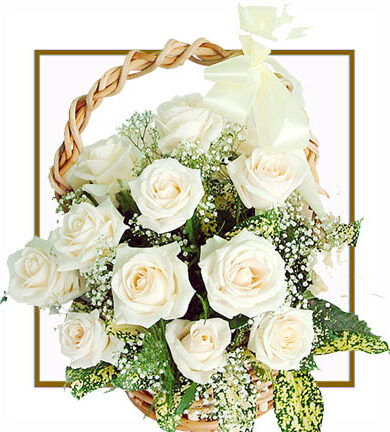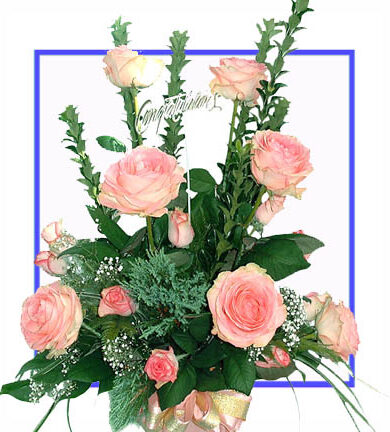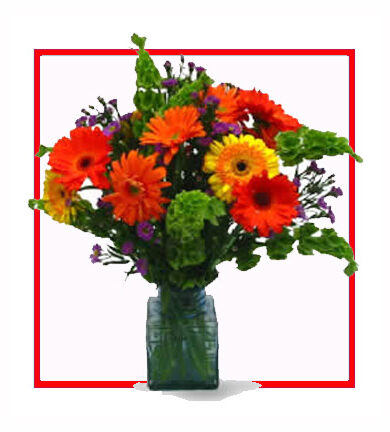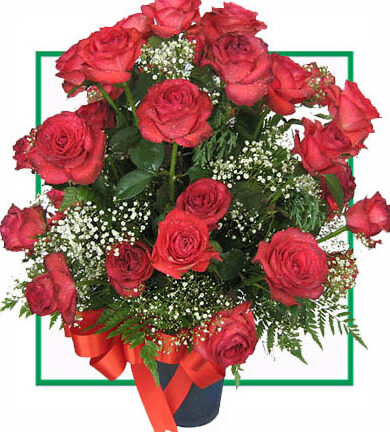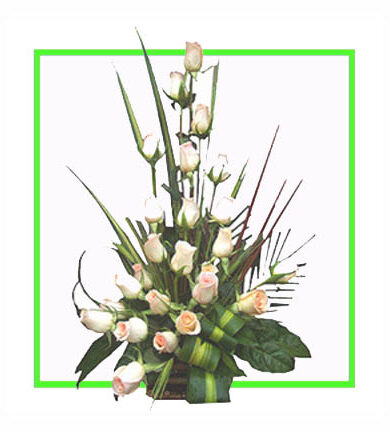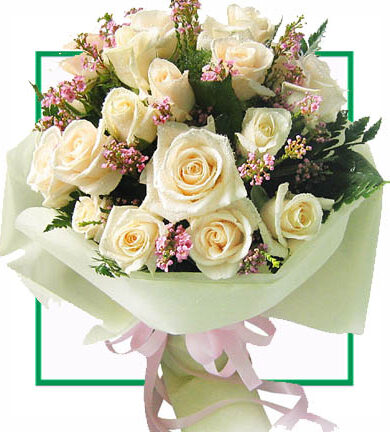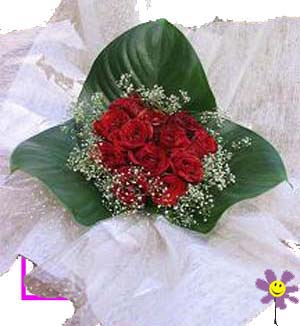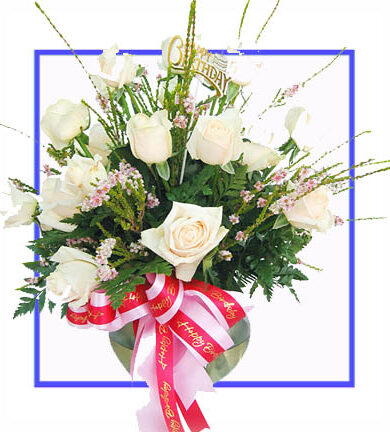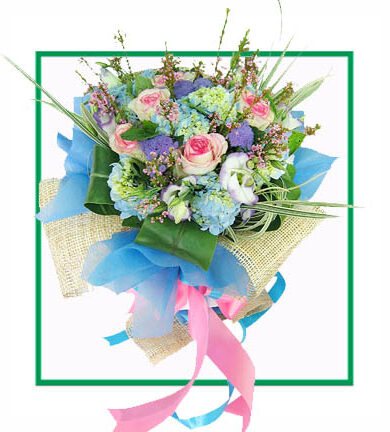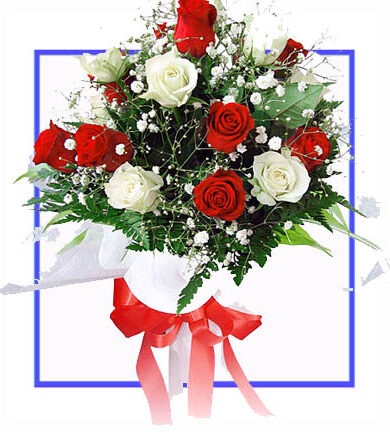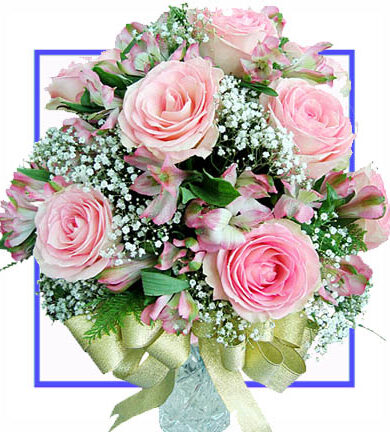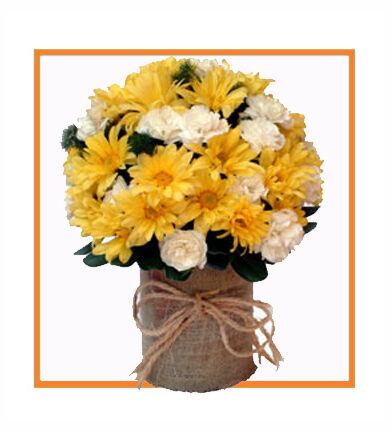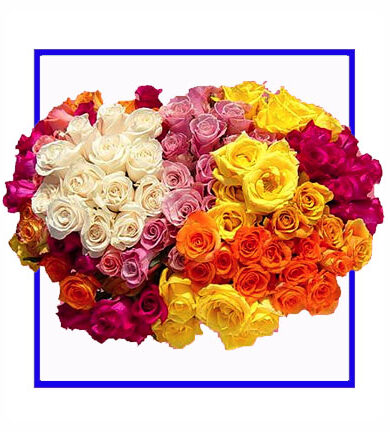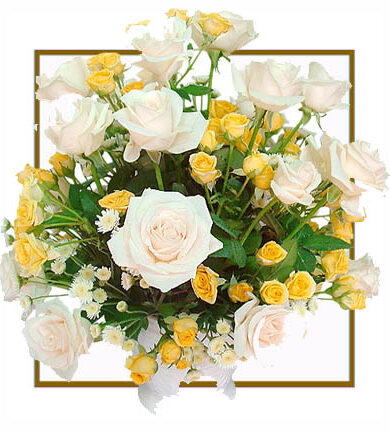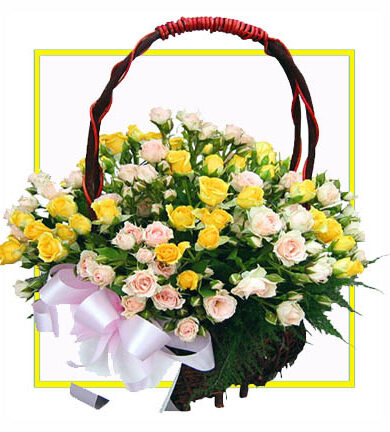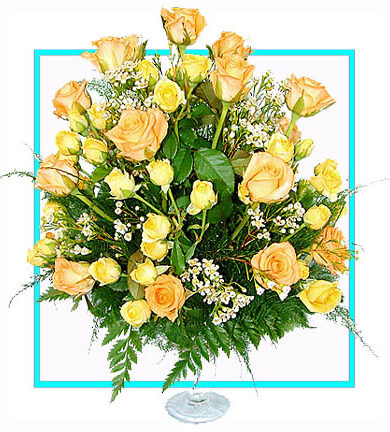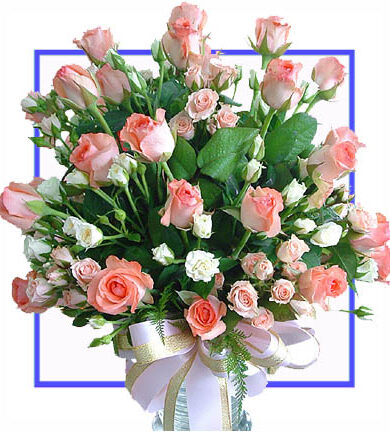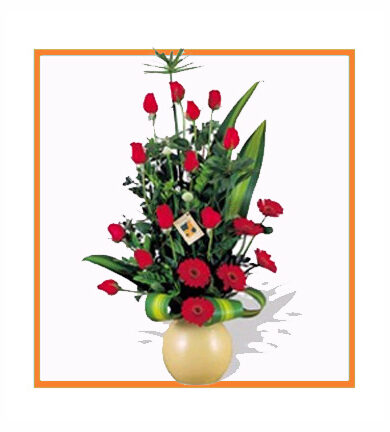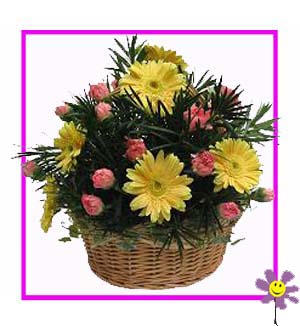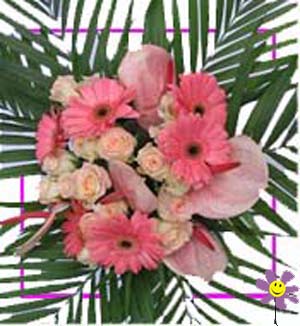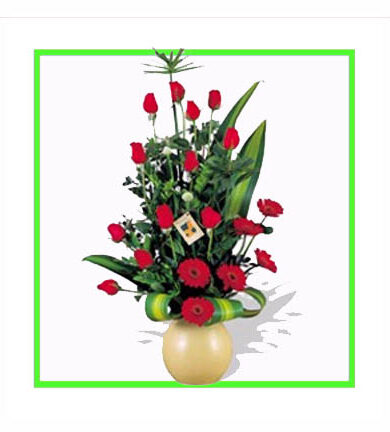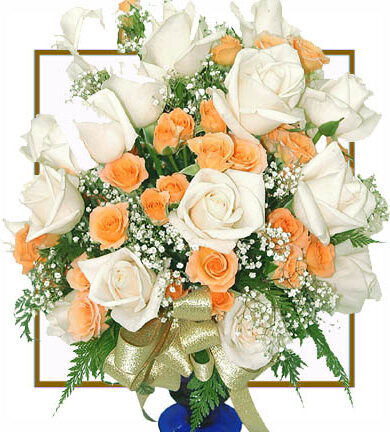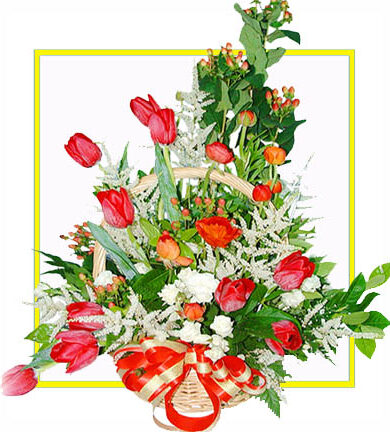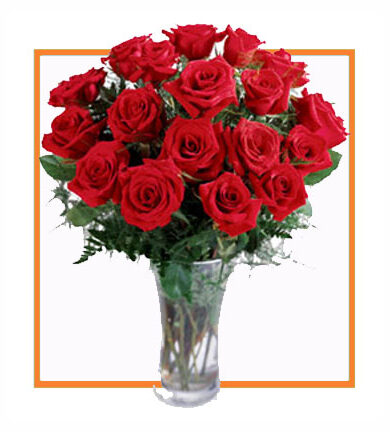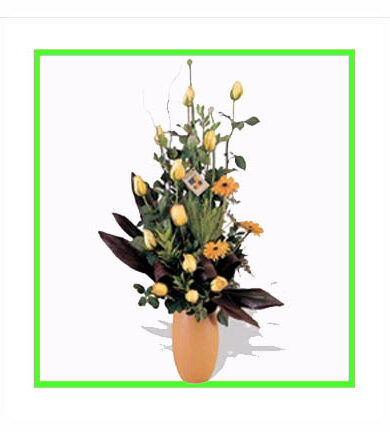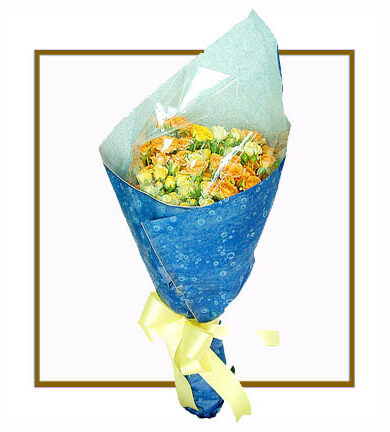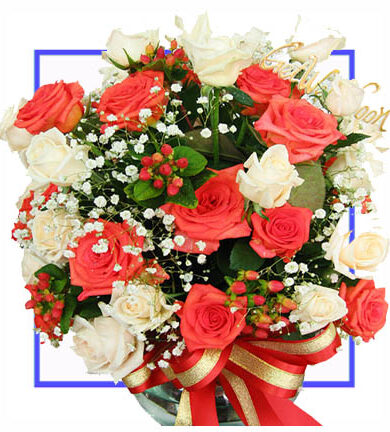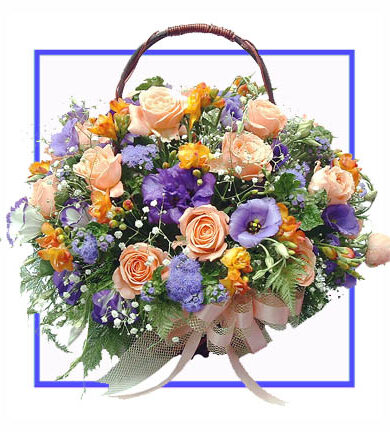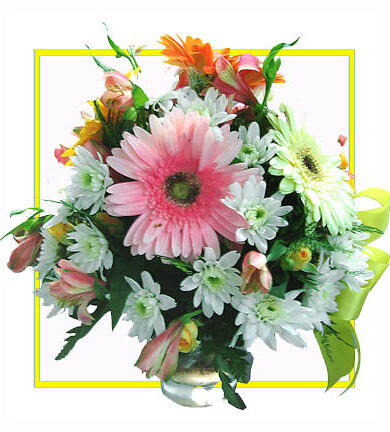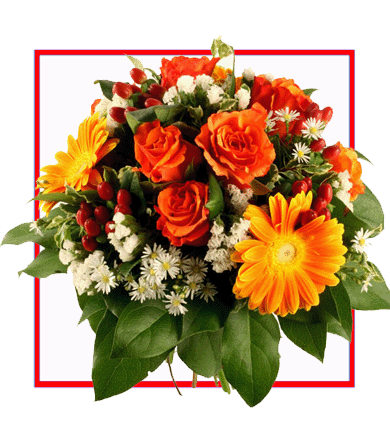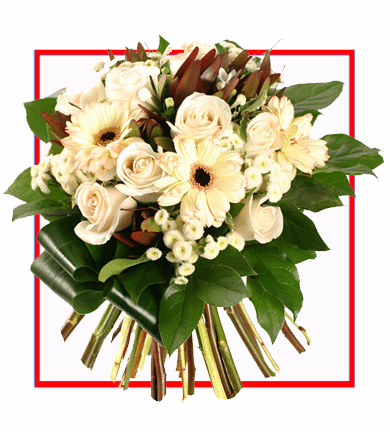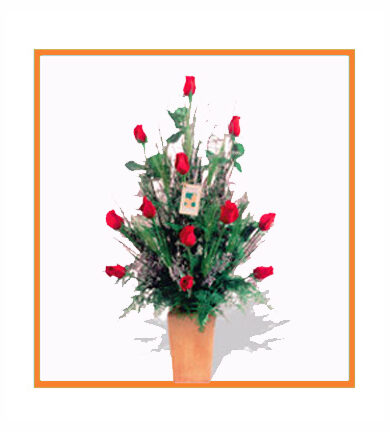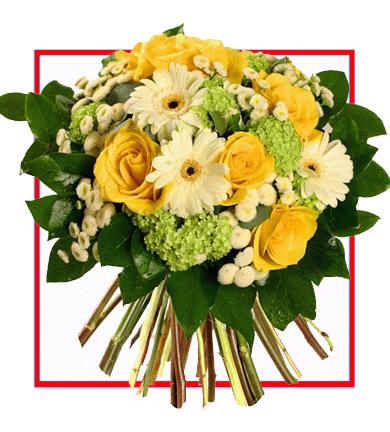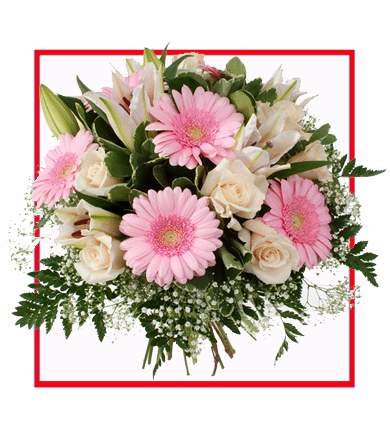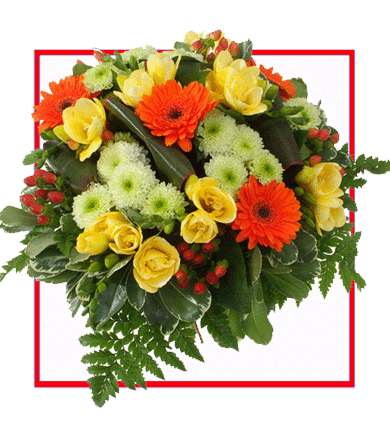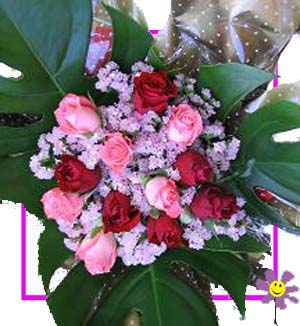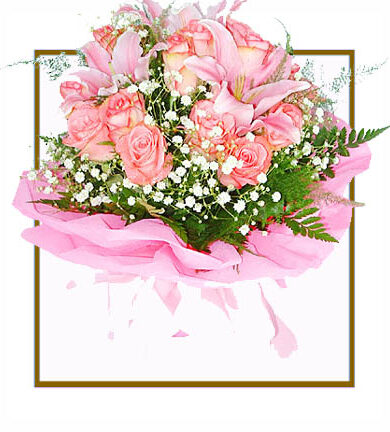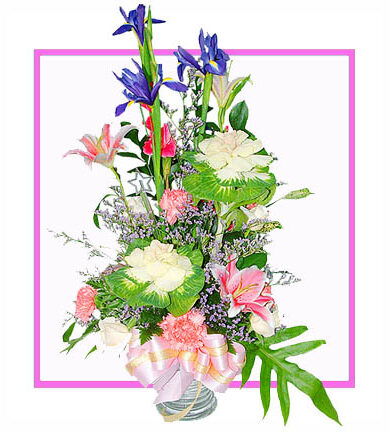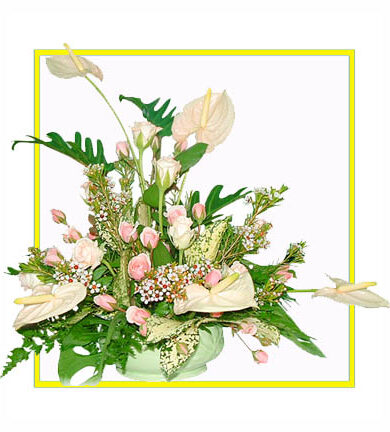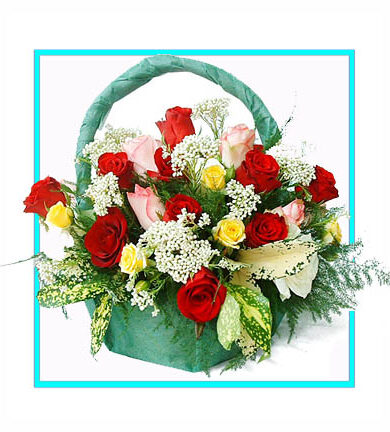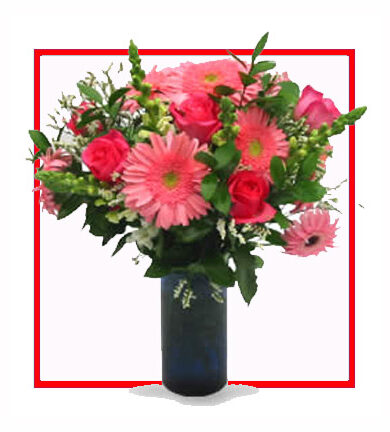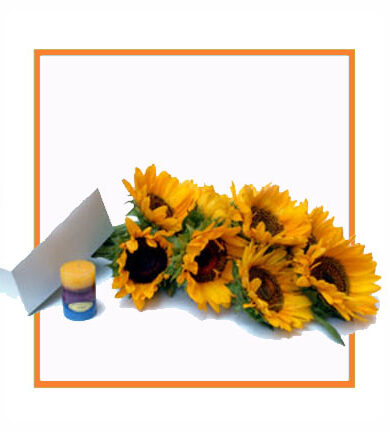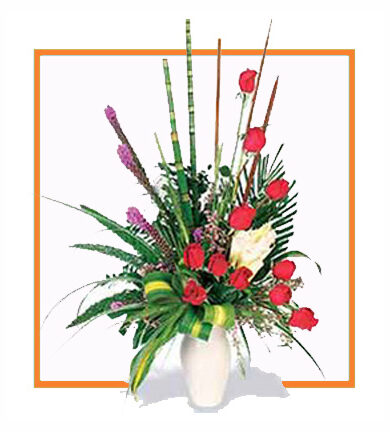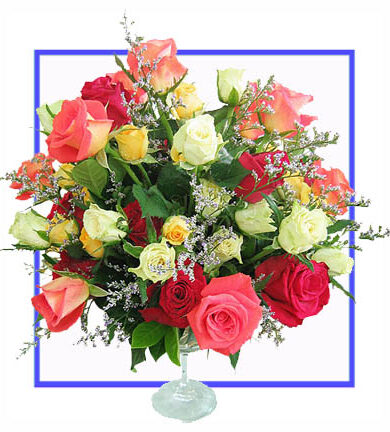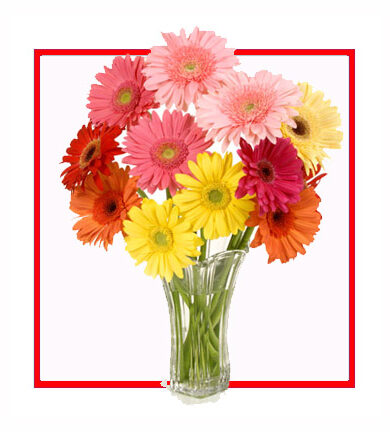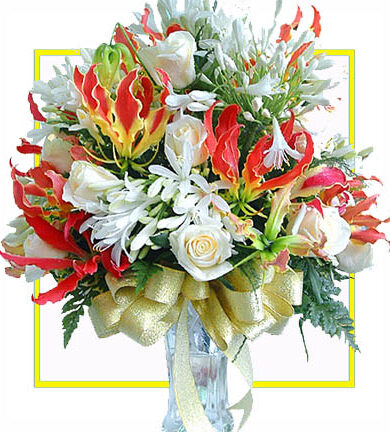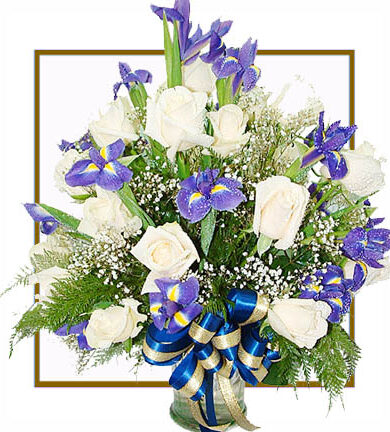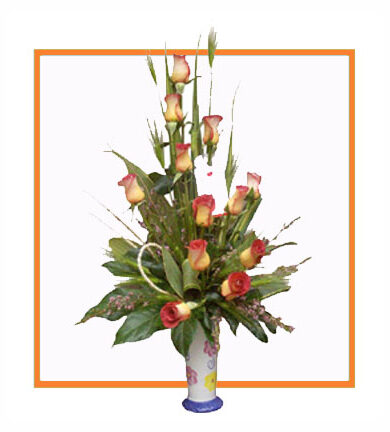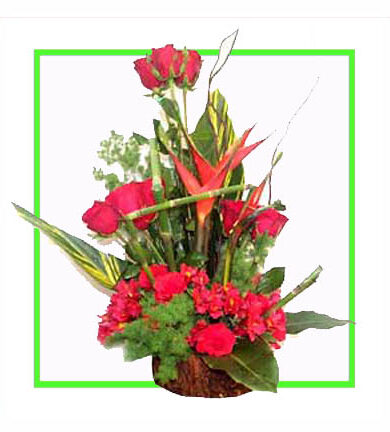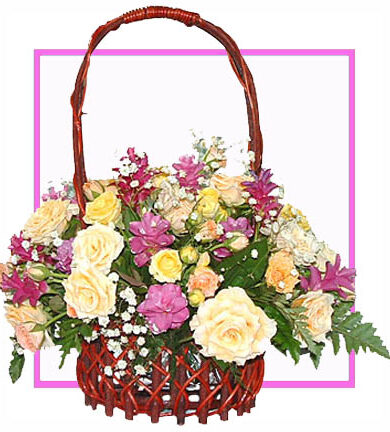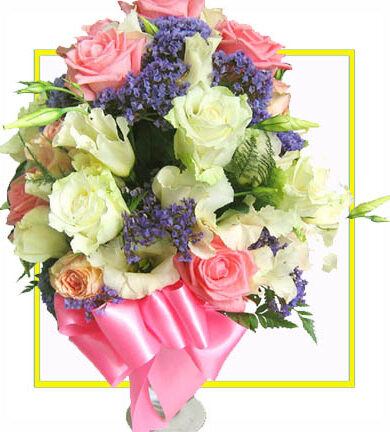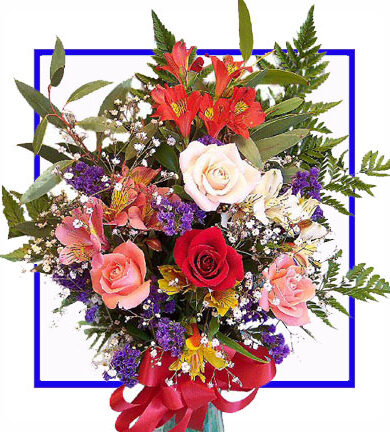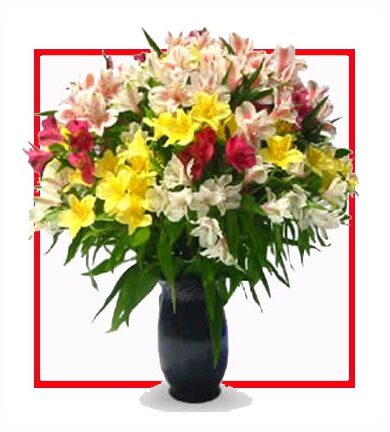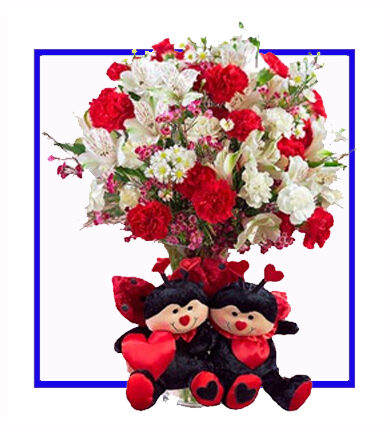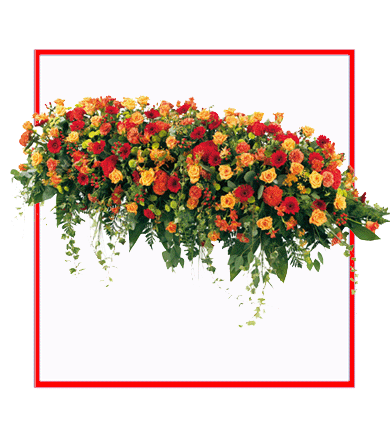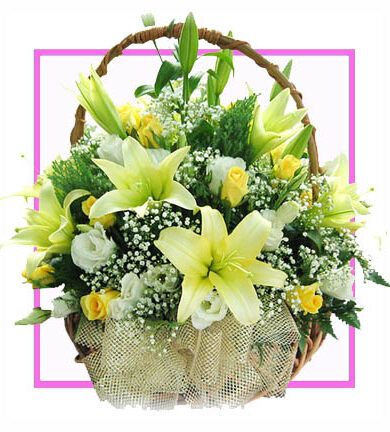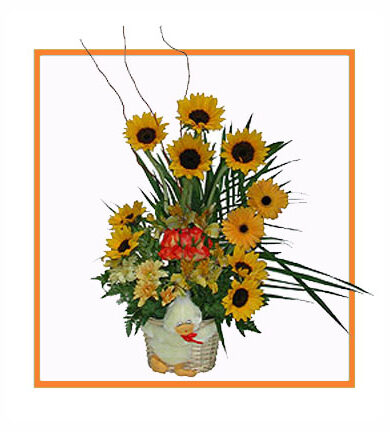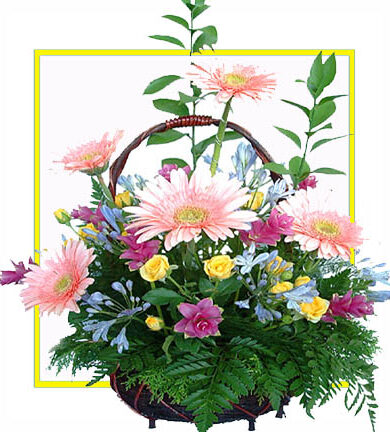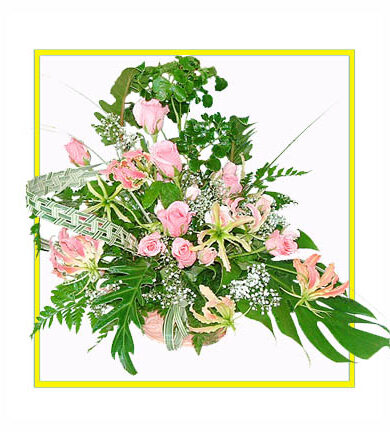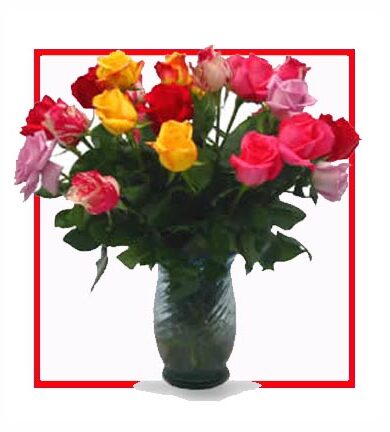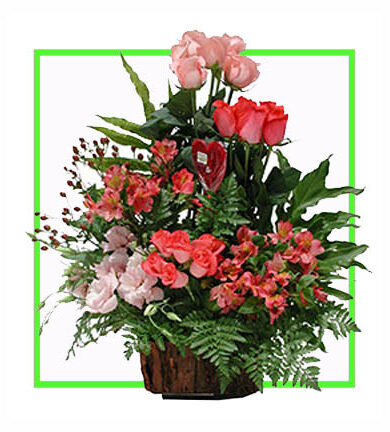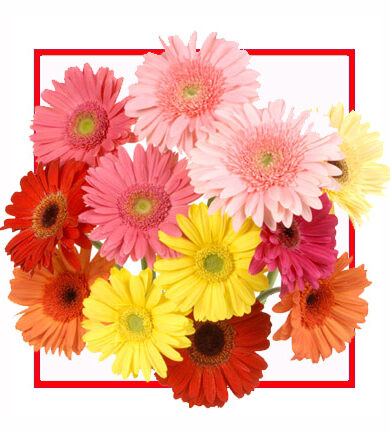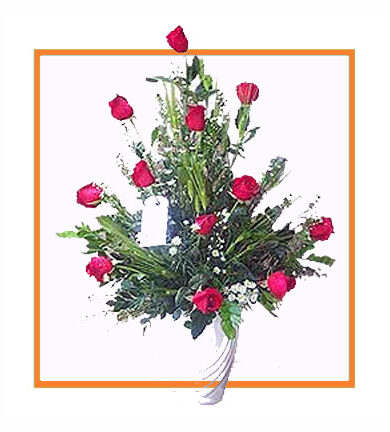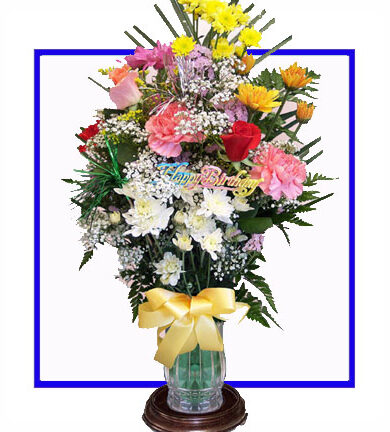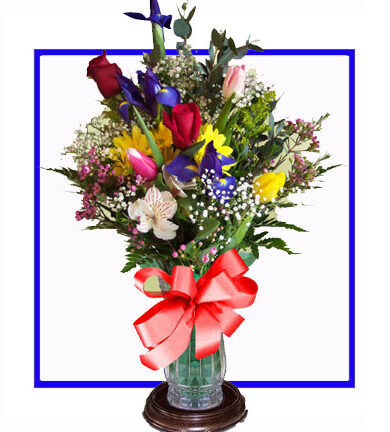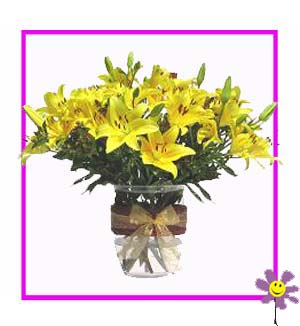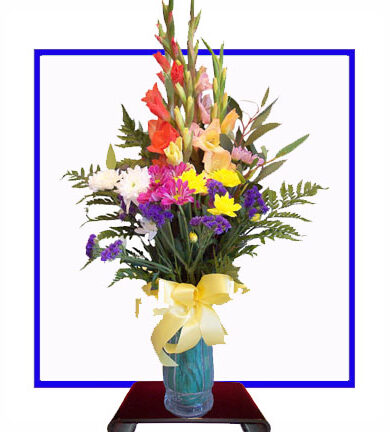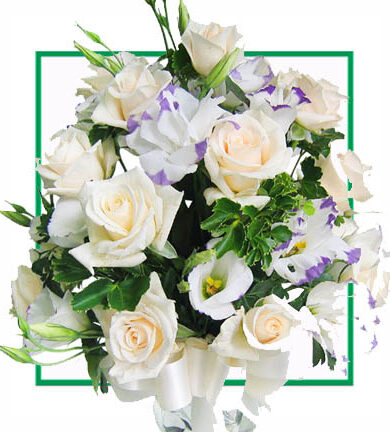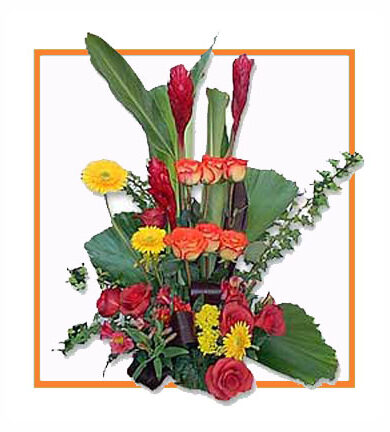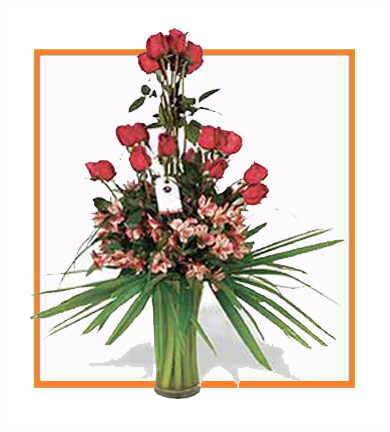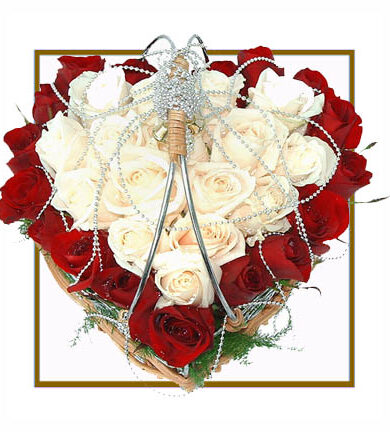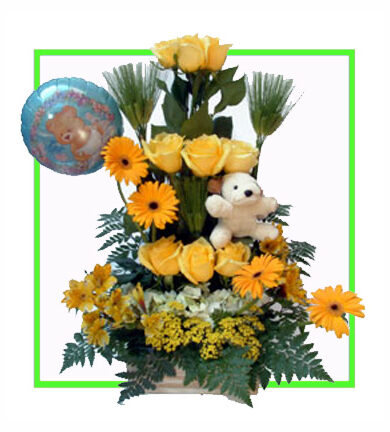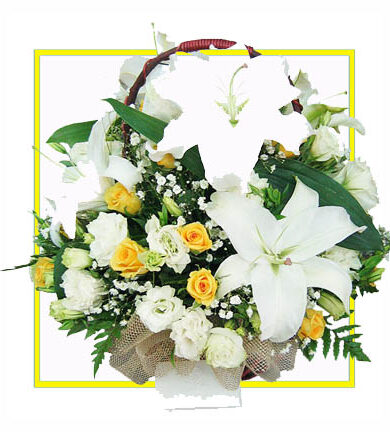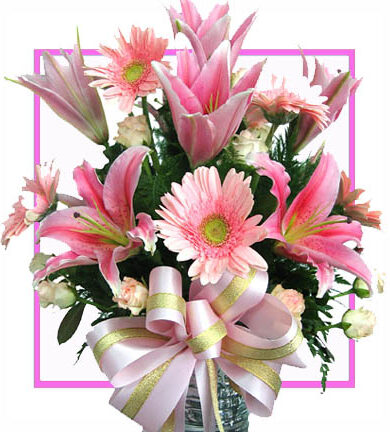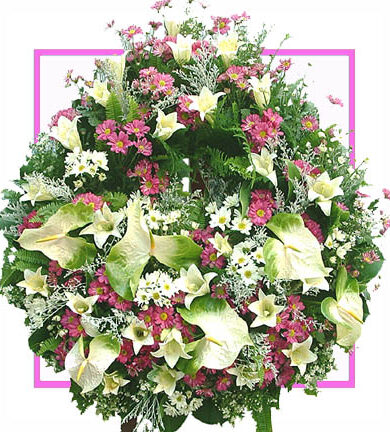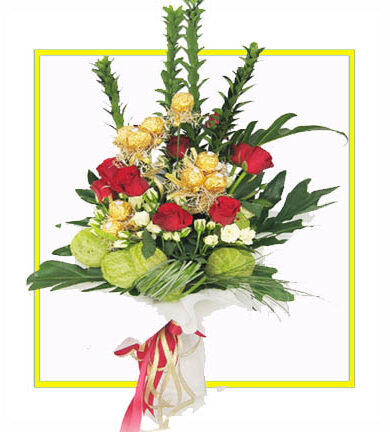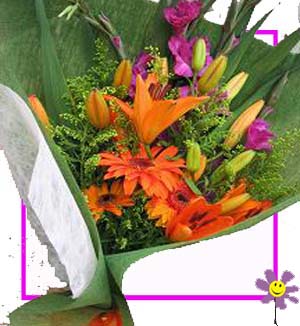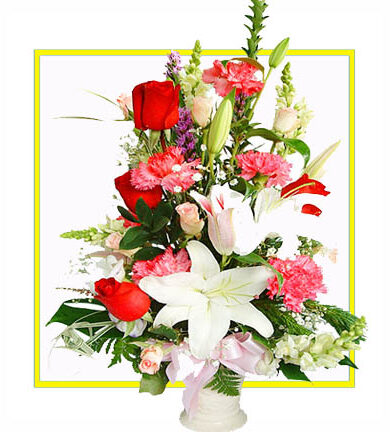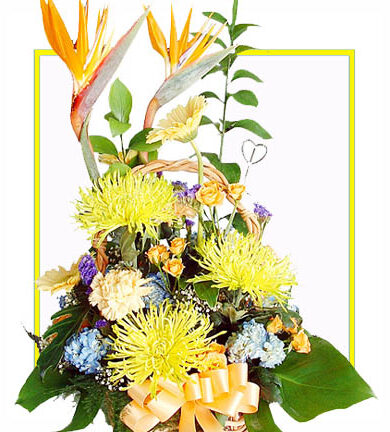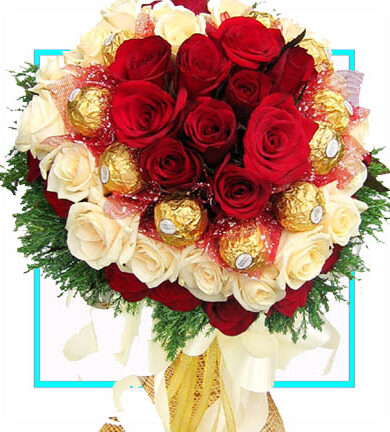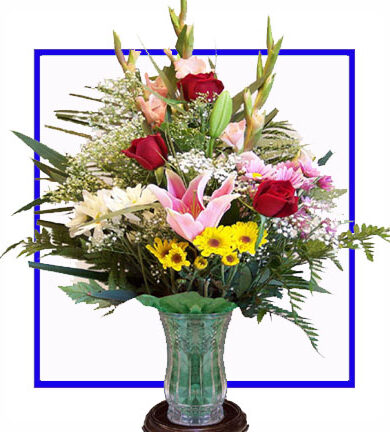A Y-class city, Bhopal houses various institutions and installations of national importance. Some of these include ISRO’s Master Control Facility, the CSIR, AIIMS Bhopal, National Institute of Fashion Technology (NIFT) AMPRI, MANIT, IISER, SPA, IIFM, BHEL and NLIU. The city attracted international attention after the Bhopal disaster, when a Union Carbide India Limited (UCIL) pesticide manufacturing plant leaked a mixture of deadly gases including methyl isocyanate on the intervening night of 2 / 3 December 1984, leading to the worst industrial disaster in the city’s history. Since then, Bhopal has been a center of protests and campaigns which have been joined by people from across the globe. |
Popular holiday spots around Bhopal include Delawadi, a picturesque picnic spot and Islamnagar which was the palace of Bhopal’s Afghan rulers. Located at around 40 km from Bhopal is Bhimbetka, a World Heritage Site which has one of the largest collections of prehistoric paintings and rocks, some of which date back more than 10,000 years. The Bhojeshwar or Shiva temple in Bhojpur holds great religious importance and is famous for a massive Shivalingam, which is the largest in India. Anglers can head about 10 kilometres from the city to Hathaikheda, which is a popular fishing zone. Sanchi, a site famous for Buddhist monuments and temples dating back several centuries is located at 50 km from the city. |
The major industries in the old city are electrical goods, medicinal, cotton, chemicals and jewelry. Other industries include cotton and flour milling, cloth weaving and painting, as well as making matches, sealing wax, and sporting equipment. The residents of Bhopal also engage in large retail businesses. Handicrafts, like zardozi and batua (a small string purse, usually used with Indian traditional dresses) are some of the products of the Old City. In addition, there are also a large number of garages in the Old City which specialise in automobile conversion. These garages produce custom-modified and tuned cars, SUVs and motorbikes. |
On the night of 3 December 1984, large amounts of water entered the chemical storage tank E610, which contained about 40 tonnes of methyl isocyanate. The resulting reaction increased the temperature of the liquid inside the tank to 200 °C (400 °F). As a result, a large volume of mixed toxic gases leaked from the MIC containing tank, forcing the emergency release of pressure. Consequently there was massive panic among common people as they woke up in a cloud of noxious gases that burned their lungs. It is estimated that as many as nine thousand people died immediately, and more were trampled under others who were fleeing. |
During the early 1720s, Dost Mohammad Khan transformed the village of Bhopal into a fortified city, and acquired the title of Nawab. Khan’s support to the Sayyid Brothers earned him the enmity of the rival Mughal nobleman Nizam-ul-Mulk, who invaded Bhopal in March 1724, forcing Khan to cede much of his territory. Dost Mohammad Khan and his Pathan associates brought the Islamic influence on the culture and architecture of Bhopal, the ruins of which can be found at Islamnagar near Bhopal. After Khan’s death in 1728, the Bhopal state remained under the influence of the Nizam. |
There are more than 550 state government sponsored schools and affiliated to the Madhya Pradesh Board of Secondary Education (MPBSE) located within the city limits. In addition, there are four Kendriya Vidyalayas in the city affiliated to the Central Board of Secondary Education (CBSE). The city is also served by numerous other private schools affiliated to either CBSE or MPBSE. Some schools are also affiliated to National Institute of Open Schooling (NIOS) and ICSE Board, Institution Of Secondary Distance Education (ISDE) or Private Non-Governmental Board of School Education. |
Other prominent educational institutes include National Institute of Fashion Technology (NIFT), the National Judicial Academy (for training judges) and the National Law Institute University, one of the premier law schools in India. Other city institutes of learning that offer a diploma in education are the Regional Institute of Education (RIE) of Bhopal, a constituent unit of the National Council of Educational Research & Training (NCERT) and the Digdarshika Institute of Rehabilitation and Research, a non-profit and educational organization serving the health sector. |
Bhopal has been a railroad and highway transportation hub for a long time. Bhopal has its own city bus service- Bhopal City Link Limited, which operates high capacity Tata Starbus, which are under GPS navigation and smaller Metro Buses. In addition, around 600 mini-buses are run by private operators. Metro or Radio Taxis and auto-rickshaws are another major means of transport. In some parts in the old as well as new city, the new Tata Magic Vans are running successfully and have replaced the older and bigger diesel rickshaws — known as “Bhat” in year 2010. |
According to the 2011 census the population of the Bhopal city is 1,795,648. The total effective literacy rate was 85.24%.The chief languages are Hindustani and English. In the princely state of Bhopal, Persian was the court language until nineteenth century. The common street dialect spoken in Bhopal, especially in older regions of the city is termed as “Bhopali” and is the subject of comedy in Bollywood movies. An example of the language is used by actor Jagdeep in the film Sholay and Arshad Warsi in the film Ishqiya. |
According to current master plan, the municipality covers 697 square kilometres It has two very beautiful big lakes, collectively known as the Bhoj Wetland. These lakes are the Upper Lake (now renamed to Bhojtal) and the Lower Lake. Locally these are known as the Bada Talab and Chota Talab respectively. The catchment area of the Upper Lake is 360 km² while that of the Lower Lake is 9.6 km². The Upper Lake drains into the Kolar River. The Van Vihar National Park is a national park situated besides the Upper Lake. |
Gandhi Medical College, Bhopal is the city’s oldest and most prominent medical college and is associated with Hamidia Hospital, Sultania Zanana Hospital, Kamla Nehru Hospital. The medical college is affiliated to the Barkatullah University. The hospital and the college played a crucial role in emergency response and care after the Bhopal Disaster. Barkatullah University gives affiliation to renowned colleges like Bhopal School of Social Sciences, Institute for Excellence in Higher Education (IEHE) and many more. |
Bhopal has an average elevation of 500m metres (1401 ft). Bhopal is located in the central part of India, and is just north of the upper limit of the Vindhya mountain ranges. Located on the Malwa plateau, it is higher than the north Indian plains and the land rises towards the Vindhya Range to the south. The city has uneven elevation and has small hills within its boundaries. The major hills in Bhopal comprise of Idgah hills and Shyamala hills in the northern region and Arera hills in the central region. |
Bhopal State was the second largest state in pre-independence India, with a Muslim leadership, first being Hyderabad. After the independence of India in 1947, the last Nawab expressed his wish to retain Bhopal as a separate unit. Agitations against the Nawab broke out in December 1948, leading to the arrest of prominent leaders including Shankar Dayal Sharma. Later, the political detainees were released, and the Nawab signed the agreement for Bhopal’s merger with the Union of India on 30 April 1949. |
The Bhopal state was taken over by the Union Government of India on 1 June 1949. Hindu Sindhi refugees from Pakistan were accommodated in Bairagarh, a western suburb of Bhopal (now renamed to Sant Hirdaram Nagar). According to the States Reorganization Act of 1956, the Bhopal state was integrated into the state of Madhya Pradesh, and Bhopal was declared as its capital. The population of the city rose rapidly thereafter. |
Bhopal is also home to the DB Corp, informally called the Bhaskar Group (after its major publication Dainik Bhaskar), a Rs. 1700 crore (Rs. 17 billion) business conglomerate with strong presence in media. Its head office is located in Maharana Pratap Nagar. Manjul Publishing House, located in the old city, is a major publishing house made famous by the translation of the Harry Potter series of novels into Hindi. |
The National Institute of Technical Teachers’ Training and Research (NITTTR), established by Ministry of HRD, Govt. of India in 1966 as TTTI, is also located in Bhopal. It offers M. Tech., Ph.D.,MBA and Training courses. Other Central Government-run institutes in the city include Indian Institute of Science Education and Research (IISER) and School of Planning and Architecture (SPA, established 2008). |
Bhopal is the capital city of Madhya Pradesh. It houses the State Legislative Assembly, or the Vidhan Sabha, which seats 230 members of Legislative Assembly. The twelfth (and current) Vidhan Sabha was elected in May 2008. As of April 2012, the party in the majority in Vidhan Sabha is Bharatiya Janata Party (BJP) which is led by Shivraj Singh Chauhan. Bhopal district elects seven seats to the Assembly. |
Various Hindi and English newspapers are published from Bhopal. The Times of India, Hindustan Times, The Pioneer (Indian newspaper), Youth Engine, The Hitavada, etc. are the main English dailies and weekly published from the city while Dainik Bhaskar, Raj Express, nazare hind, Nava Bharat, Nai Dunia, Dainik Jagran, Patrika, BPN Times, Peoples Samachar etc. are the main Hindi dailies published from here. |
The Indian Institute of Forest Management founded in 1982 is an autonomous institution , established by the Ministry of Environment and Forests, Government of India with financial assistance from the Swedish International Development Cooperation Agency (SIDA) and course assistance from the Indian Institute of Management Ahmedabad. It is considered as one of top sectorial MBA college in India. |
Bhopal is the capital of the Indian state of Madhya Pradesh and the administrative headquarters of Bhopal District and Bhopal Division. The city was the capital of the former Bhopal State. Bhopal is known as the City of Lakes for its various natural as well as artificial lakes and is also one of the greenest cities in India. |
Bhopal has an extensive culture of paan eating. Paan (betel leaf) is a preparation with a betel leaf topped with variety of seasonings, the most common being chuna, kattha and supari(nut). Bhopalites treat paan preparation as a science and an art, which is perfected among the streets of Bhopal, a tradition passed down generations. The paans in Bhopal are wide in variety and innovations. |
Bhopali dishes and food in Bhopal are comparatively mild, less spicy and unique in taste. Local and individual variations of various popular snacks and foods can be found selling around the city . Bhopali food has a large variety of non-vegetarian dishes, including Bhopali Murgh Rezala, Paneer Rezala, Bhopali Gosht Korma, Murgh Hara Masala Rice, Murgh Nizami etc. |
Maulana Azad National Institute of Technology (MANIT), established in 1960, is the premier institute for technology in the city and has been categorized by the Government of India as an Institute of National Importance. There are several other public and private engineering schools (numbering almost 90) located in and around the city. |
Bhopal has its own Radio and Television stations (All India Radio and Doordarshan respectively). Local Television networks include Digi Networks and BTV(Bhaskar TV). Besides, three regional satellite channels operate from Bhopal, namely ETV Madhya Pradesh & Chhattisgarh, Sahara Madhya Pradesh and Sadhana News. |
Bharat Heavy Electricals Limited, the largest engineering and manufacturing enterprise in India, has a unit in Bhopal. It occupies a large area in the Eastern Part of the city and maintains a suburb named after it. A majority of the residents of the BHEL Suburb are employed by the unit. |
Bhopal Ijtema, an annual world preachers congregation, is held at Ghasipura 11 km from Bhopal. Jamaats from all over the world gatherhere for 3 days, to learn about Islamic way of life and to talk about peace and humanity. Around a Million people gather on the final day prayer. |
Bhopal lies in the West Central Railway Zone. Considering both North-South and East-West train routes, it is one of the best connected city in India. It houses the Divisional Railway Managers (DRM) head office under Central railways. Following are the railway stations in Bhopal: |
Gufa Mandir Gufa Mandir is situated seven kilometres away from Bhopal, Lalghati – Narsingh Road. Sant Narayan Dasji Maharaj established a Shiv Temple in the Cave, hence, called as Gufa Mandir. Lateron, developed the forest area as Sanskrit Vidhyalaya and Hanuman Temple etc.. |
Bhopal Junction Railway Station is the largest and most important railway station in the city. Being on the main North-South line, it is connected by rail to all parts of the country except North-Eastern states. More than 150 daily trains have stoppages in Bhopal. |
The memorial for Bhopal Gas Disaster, situated near the site of Union Carbide Factory. The slogans on the wall read “Hang Anderson” in Hindi and “Bhopal Disaster 1984 to ? The suffering continues So does the struggle “ |
Bharat Bhavan is the main cultural centre of the city and of the most important cultural centers of India. It has an art gallery, an open-air amphitheatre facing the Upper Lake, two other theatres and a tribal museum. |
There are three routes ways to reach the airport: (1) Via Bairagarh, (2) Via Panchvati, (3) Via Gandhi nagar road (N.H 12). From within the city, VIP road, a four lane road connects with the airport. |
Presently the city has 5 Private Radio stations in Bhopal apart from Vividh Bharti viz. BIG FM 92.7, 94.3 My FM Jiyo Dil Se, Radio Mirchi 98.3, Red FM 93.5 and 90.4 MHz Radio Popcorn. |
Habibganj Railway Station is a major and the most developed station of Bhopal. It holds the distinction of being the first ISO 9000:2001 certified railway station in India. |
Lakshmi Narayan Temple situated to the south of the Lower Lake, is a temple devoted to Vishnu and his mythological consort Laxmi constructed by Birla, called Birla Mandir. |
Manua Bhan Ki Tekri. An annual fair is held on Kartik Purnima at (Mahavir Giri), a Jain pilgrimage center located around seven kilometres away from Bhopal. |
New Market: A shopping and commercial zone in the city housing a number of eateries, restaurants, cloth shops and showrooms, bakeries, mobile stores etc. |
Lal Parade Ground: The independence day and republic day parade are held in this ground. It is also the venue of large gatherings. |
Perfect flowers to express your emotionsShop Now

